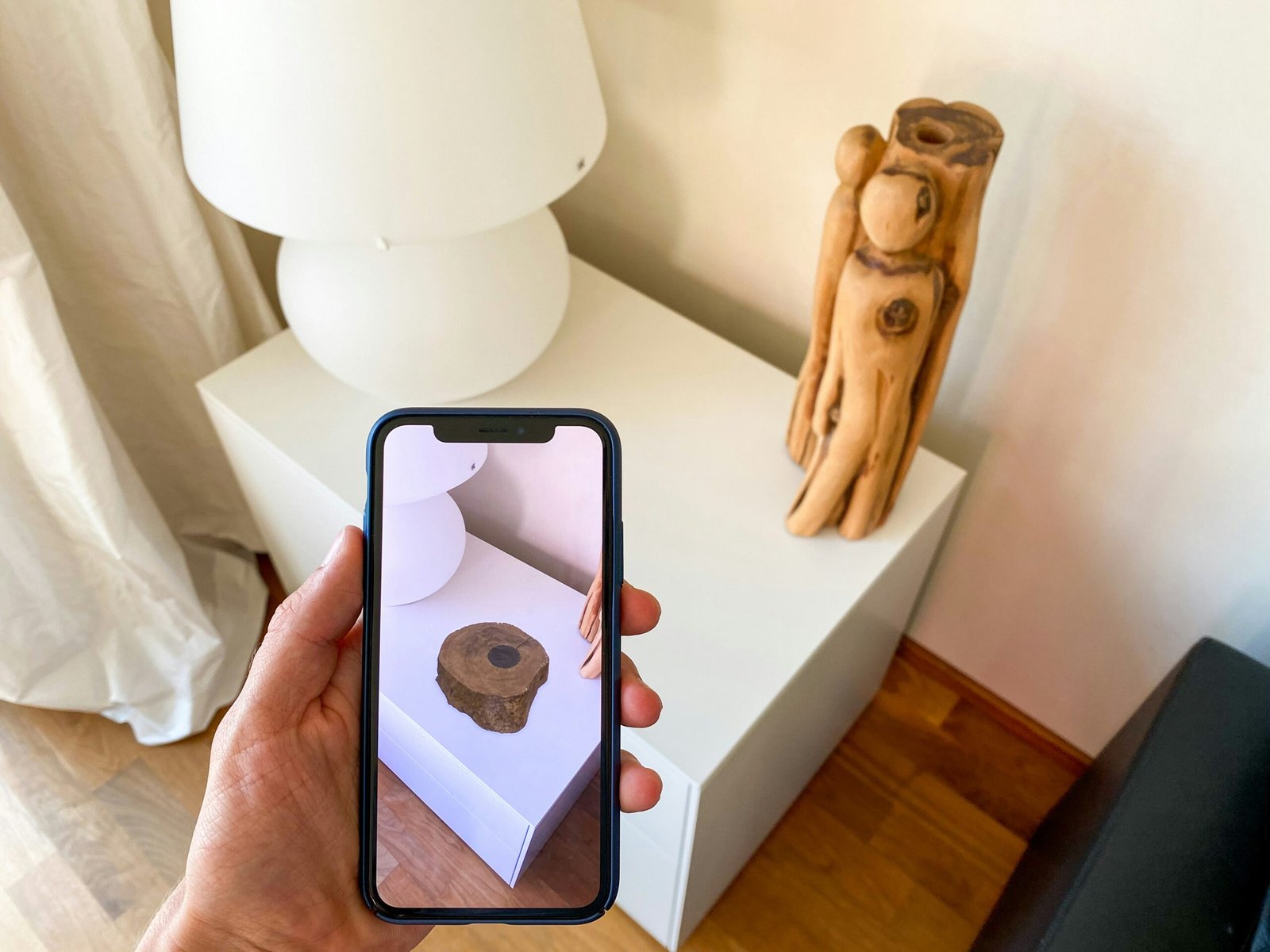In recent years, the rise of gamification has transformed various aspects of our lives, including the way we explore and experience cities as tourists. City exploration games have become a popular trend, combining the thrill of gaming with the excitement of discovering new places. These games not only offer entertainment but also provide a unique way to engage with the local culture and history. In this article, we will explore some of the UI/UX innovations that have made these gamified tourist experiences even more immersive and enjoyable.
1. Interactive Maps
One of the key features of city exploration games is the use of interactive maps. These maps go beyond the traditional static maps by incorporating dynamic elements that enhance the gaming experience. Users can zoom in and out, rotate the map, and even customize it based on their preferences. The maps also provide real-time information, such as nearby attractions, points of interest, and challenges to complete. By making the map interactive, users can easily navigate through the city and discover hidden gems.
2. Augmented Reality (AR)
Another exciting innovation in city exploration games is the integration of augmented reality (AR) technology. AR enhances the real-world environment by overlaying digital information, such as 3D models, animations, and interactive elements, onto the user’s view. With AR, users can see historical landmarks come to life, solve puzzles by interacting with virtual objects, and even interact with virtual characters that guide them through the city. This immersive experience adds a new dimension to city exploration games, making them more engaging and memorable.
3. Storytelling and Quests
City exploration games often incorporate storytelling and quests to create a narrative that guides the user’s journey. These games may have a central storyline or multiple branching storylines that unfold as the user progresses. By completing quests and solving puzzles, users uncover the city’s secrets and unravel its history. The use of storytelling not only adds depth to the gaming experience but also encourages users to explore different areas of the city and discover its hidden treasures.
4. Social Interaction
Many city exploration games now include social features that allow users to interact with other players. These features can range from simple leaderboards and achievements to more complex multiplayer modes. By connecting with other players, users can compete, collaborate, and share their experiences. Social interaction not only adds a competitive element to the game but also fosters a sense of community among players. It allows them to exchange tips, recommendations, and stories, further enhancing their overall tourist experience.
5. Personalization and Customization
Personalization and customization options are essential in city exploration games to cater to the individual preferences and interests of users. These games often allow users to create their own avatars, choose their game difficulty level, and customize their gaming experience. Users can select specific themes, such as historical, culinary, or architectural, to focus on their areas of interest. By personalizing the game, users feel more connected to the experience and can tailor it to suit their unique preferences.
Conclusion
City exploration games have revolutionized the way we explore and experience cities as tourists. With their innovative UI/UX features, these games provide an immersive and enjoyable way to engage with the local culture and history. The use of interactive maps, augmented reality, storytelling, social interaction, and personalization options have transformed city exploration into a gamified adventure. Whether you’re a seasoned traveler or a first-time tourist, these games offer a unique and exciting way to discover the hidden treasures of a city. So, next time you plan a trip, consider adding a city exploration game to your itinerary for an unforgettable experience.












Leave a Reply